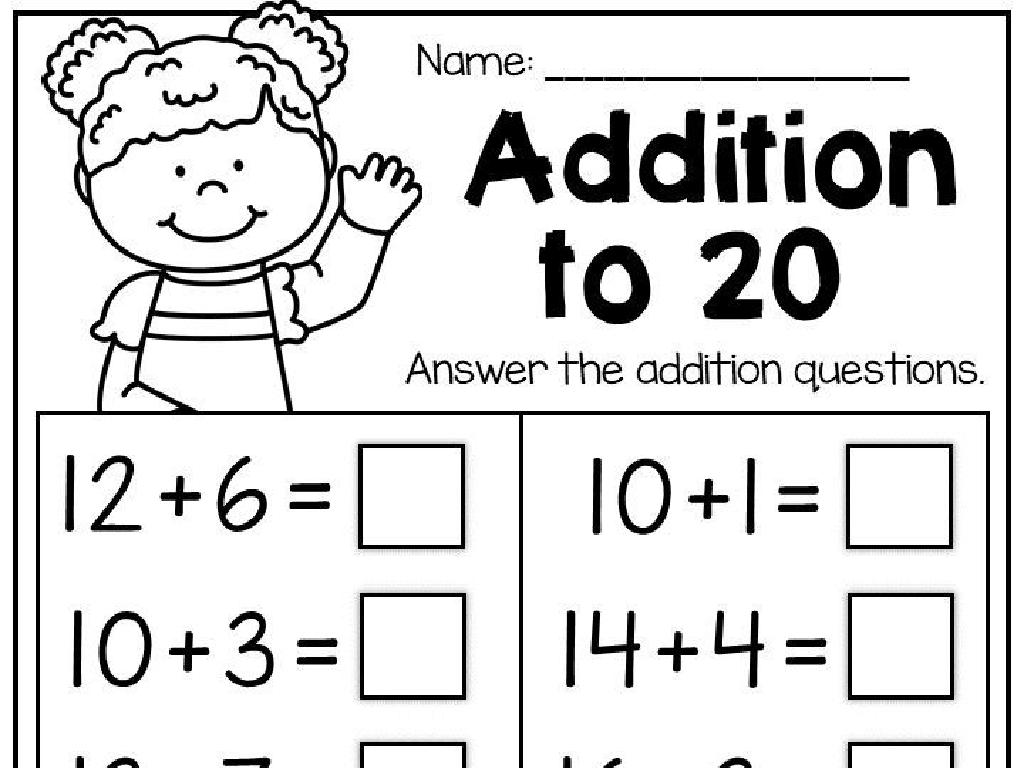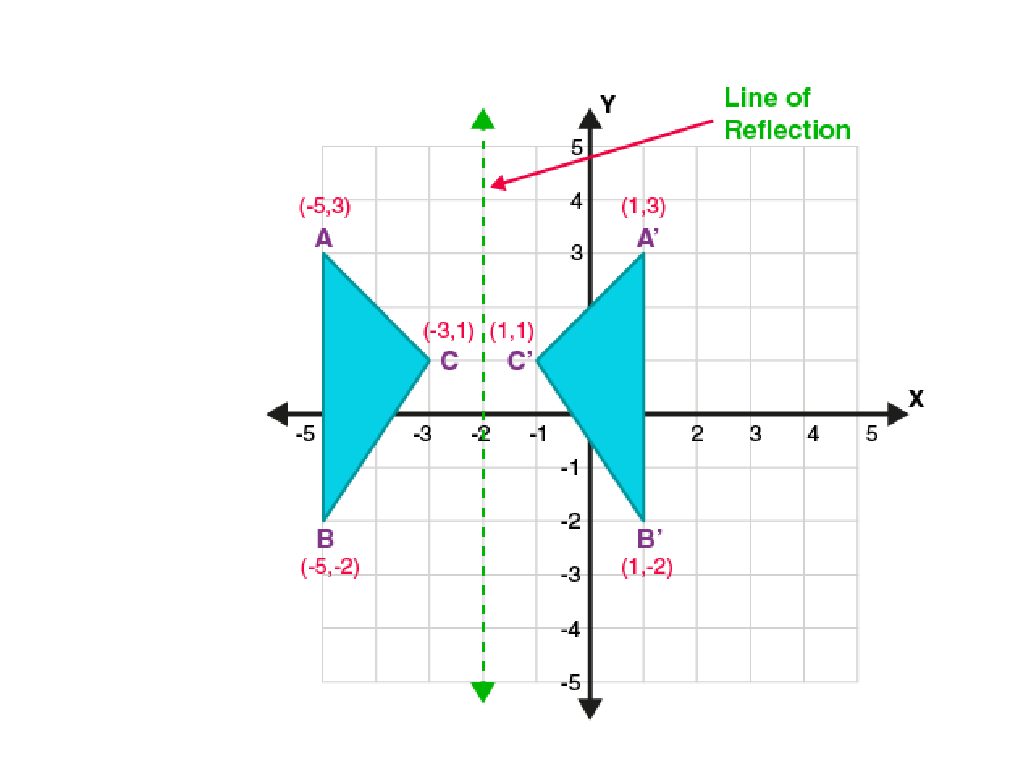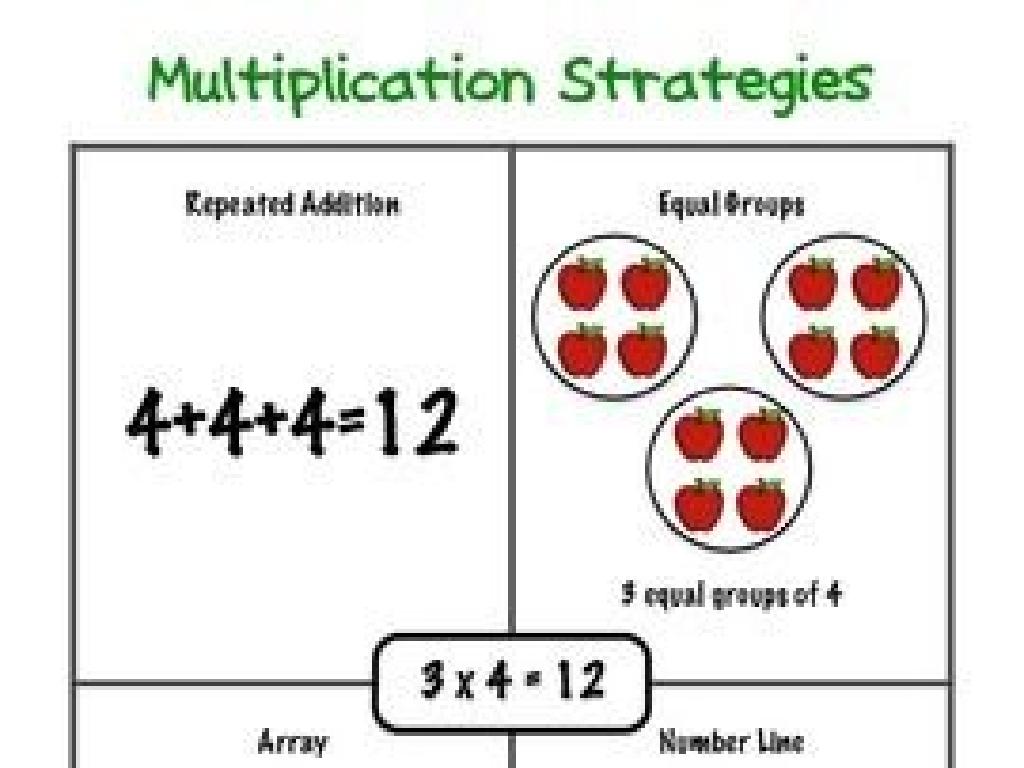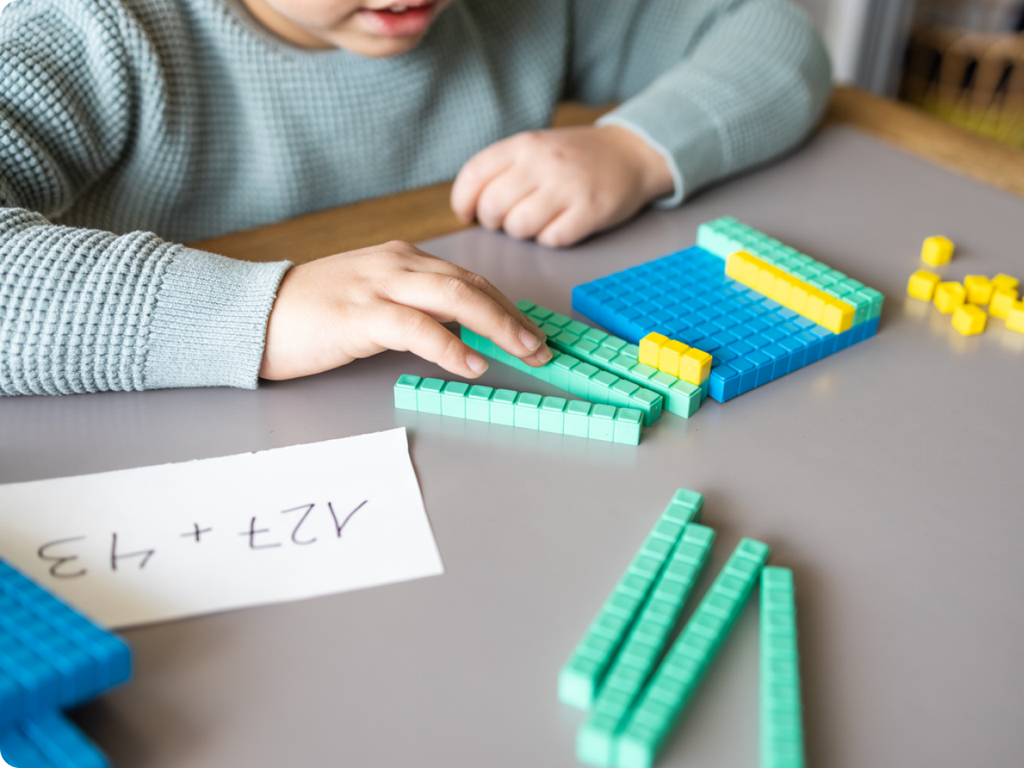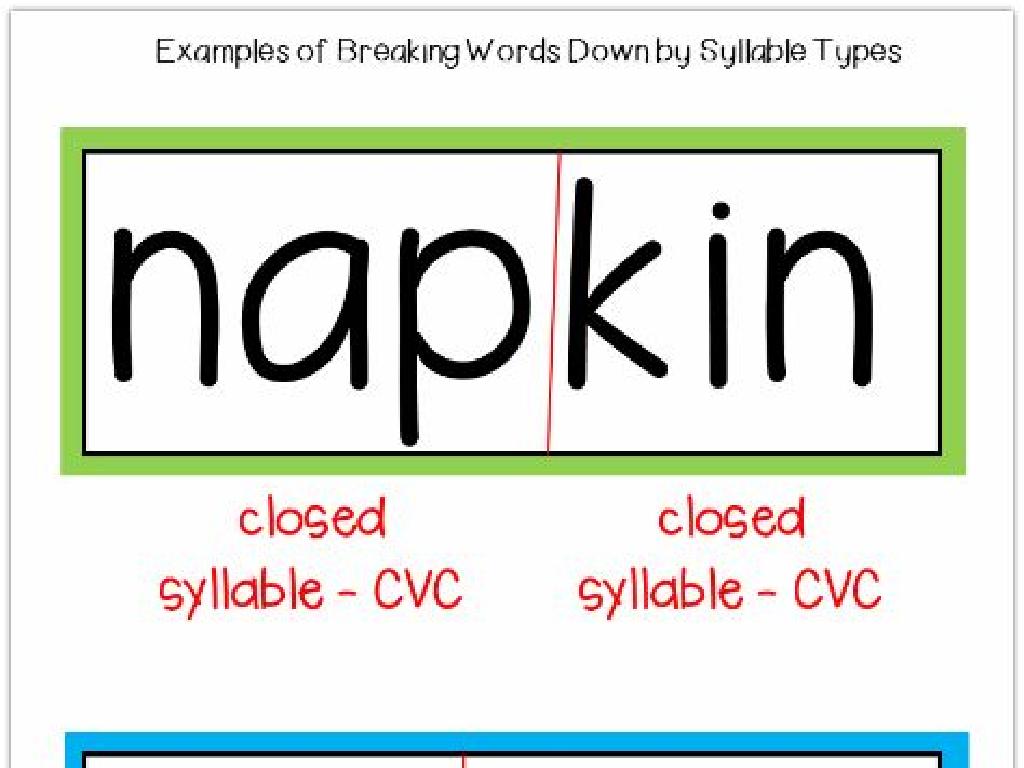Divide By 1-Digit Numbers: Interpret Remainders
Subject: Math
Grade: Fifth grade
Topic: Division
Please LOG IN to download the presentation. Access is available to registered users only.
View More Content
Welcome to Division: Understanding Remainders
– What is division?
– Division is splitting into equal parts or groups
– Division as a math tool
– Helps solve problems like sharing equally
– Interpreting remainders
– Remainders are what’s left over after division
– Real-world remainder scenarios
– E.g., 13 cookies shared by 4 kids, 1 cookie remains
|
Begin the lesson by explaining division as the process of dividing something into equal parts or groups. Emphasize that division is a powerful tool in math for solving real-world problems, such as sharing items equally among a number of people. Introduce the concept of remainders, explaining that they represent what is left over when things can’t be divided up evenly. Provide relatable examples, such as dividing cookies among friends, to illustrate how remainders work in everyday situations. Encourage students to think of division as not just a calculation, but as a way to fairly distribute items, and to understand that sometimes, there might be a little bit left over – the remainder.
Understanding Division and Remainders
– Division: sharing equally
– It’s like dividing pizza slices among friends.
– Division is reverse multiplication
– Example: 10 apples, 2 baskets
– If each basket gets 5 apples, all apples are divided equally.
– Interpreting remainders
– Sometimes division doesn’t split evenly, that’s a remainder.
|
This slide introduces the concept of division to fifth graders by relating it to the idea of sharing equally among a number of groups, which they can easily understand. It’s important to emphasize that division is essentially the opposite of multiplication. Use the example of dividing 10 apples into 2 baskets to illustrate how division works in a practical context. Explain that each basket represents a group and the apples are being shared equally. Highlight that sometimes, numbers don’t divide evenly, and this is where the concept of remainders comes into play. Encourage students to think of situations where they have to share things equally and what happens when they don’t divide evenly.
Division: Understanding the Basics
– Dividend: The number being divided
– If we divide 15 by 2, 15 is the dividend
– Divisor: The number we divide by
– Using the same example, 2 is the divisor
– Quotient: The result of division
– The quotient would be 7, since 2 x 7 is 14
– Remainders: What’s left over
– Since 15 cannot be evenly divided by 2, we have a remainder of 1
|
This slide introduces the fundamental terms of division to the students: dividend, divisor, quotient, and remainder. It’s crucial to ensure that students can identify and understand each term. Use examples to illustrate the concepts, such as dividing 15 by 2. Explain that the quotient is the whole number part of the answer, and the remainder is what is left over when the dividend cannot be evenly divided by the divisor. Emphasize that remainders are a normal part of division problems and show how they can be interpreted in different contexts, such as dividing objects among a group.
Interpreting Remainders in Division
– Division may not be even
– The leftover number is the remainder
– Example: 13 ÷ 4
– 13 divided by 4 equals 3 with a remainder of 1
– Remainders in real-world problems
– Use remainders to make decisions in everyday situations
|
When teaching division to fifth graders, it’s important to explain that sometimes numbers do not divide evenly, and we are left with a remainder. Use concrete examples like sharing 13 apples among 4 people to illustrate this concept. Each person gets 3 apples, and there is 1 apple left over, which is the remainder. Discuss how remainders play a role in real-world scenarios, such as when buying items in a store or dividing objects among a group. Encourage students to think about how remainders affect the outcome and decisions in these situations. Provide additional practice problems to help students become comfortable with interpreting remainders.
Real-life Division: Understanding Remainders
– Dividing pizza slices
– If 8 slices and 5 friends, how many slices each?
– Sharing candies equally
– 20 candies for 3 kids, do they get the same amount?
– Distributing books on shelves
– 15 books, 4 shelves, how many books per shelf?
– Interpreting remainders
|
This slide aims to help students apply division with remainders to everyday situations. Start by asking how they would divide pizza slices among a group of friends, ensuring everyone gets an equal amount. Discuss what to do if there are slices left over. Similarly, with candies, if they are shared among a few kids, there might be some candies left – these are remainders. For books on shelves, if the books don’t divide evenly, some shelves may have more books than others. The remainder is what’s left after dividing equally. Encourage students to think about how remainders appear in real life and why it’s important to know how to interpret them.
Let’s Practice Division with Remainders!
– Divide 20 by 3, what’s the remainder?
– 20 ÷ 3 = 6 R2. Six groups of 3 with 2 left over.
– Make groups of 4 from 25, how many?
– 25 ÷ 4 = 6 R1. Six groups of 4 with 1 left over.
– 16 cookies shared with 5 friends, cookies each?
– 16 ÷ 5 = 3 R1. Each friend gets 3 cookies, 1 is left.
|
This slide is an interactive class activity to help students understand division with remainders. Present each problem and allow the students time to solve them. Encourage students to think about what the remainder represents in each scenario. For example, when dividing 20 by 3, the remainder is what’s left after making as many groups of 3 as possible. In real-life terms, if you have 20 apples and want to put them in bags of 3, you would have 6 full bags with 2 apples left over. Use similar real-life scenarios for the other problems to help students grasp the concept of remainders. Have students share their answers and explain their reasoning. This will reinforce their understanding and help them apply the concept of division with remainders to various situations.
Class Activity: Division Skit
– Form groups for a division skit
– Create a scenario involving division
– Imagine dividing pizza slices, marbles, or books
– Use props to illustrate division
– Items like paper cutouts or toys can be used as props
– Present the skit to the class
|
This activity is designed to help students understand division with remainders in a fun and interactive way. Divide the class into small groups and have each group come up with a real-life scenario where they need to divide items, such as sharing snacks or distributing school supplies. Encourage them to use classroom objects as props to represent the items being divided. Each group will then present their skit to the class, explaining how they divided the items and how they interpreted the remainder. For example, if there are 25 candies to be shared among 4 students, there will be a remainder. Discuss what can be done with the leftover items. This will help students grasp the concept of remainders in division. Possible scenarios could include dividing party favors, splitting a bill, or sharing art supplies. The teacher should be ready to provide guidance and ensure that each group understands the assignment.
Wrapping Up: Division with Remainders
– Excellent work on division with remainders!
– Homework: Worksheet on 1-digit division
– Complete the provided problems at home
– Practice is key to mastering division
– The more you practice, the better you’ll understand
– Be ready to discuss homework in class
– Share any challenges faced during the next class
|
Today’s lesson focused on understanding how to divide numbers by 1-digit divisors and interpret remainders. The homework assignment is a worksheet that reinforces this concept, providing students with additional practice to solidify their skills. Encourage students to attempt all problems and remind them that it’s okay to make mistakes as long as they learn from them. During the next class, allocate time for students to discuss the homework, share their answers, and address any difficulties they encountered. This will help ensure that all students are confident in dividing by 1-digit numbers and interpreting remainders.

